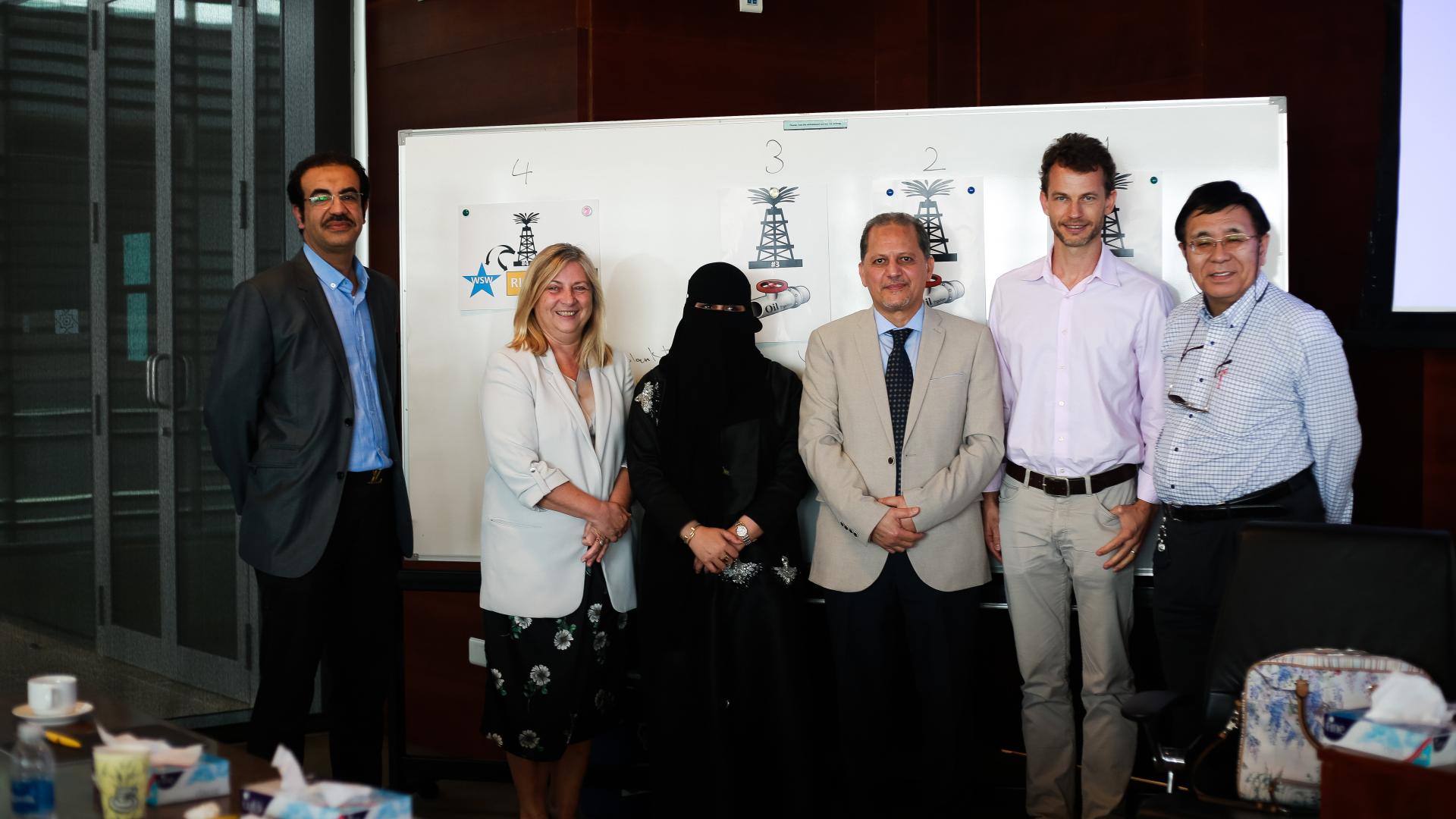Abstract
Corrosion in pipelines and reservoir tanks in oil plants is a serious problem in the energy industries around the world because it causes a huge economic loss due to not only frequent replacements of the parts of pipelines and tanks but also potential damage of the entire fields of crude oil. Current studies have revealed that corrosions are generated mainly by microbial activities and they are now called Microbial Influenced Corrosion (MIC) or simply bio-corrosion. Bacterial species actually causing bio-corrosion is crucial information for the suppression of the corrosion.
To diagnose and give proper treatment to pipelines in industrial plants, it is essential to identify the bacterial species responsible for bio-corrosions. For this aim, I conducted an analysis of the microbial community at the corrosion sites in pipelines of oil plants, using the comparative metagenomic analysis along with bioinformatics and statistics. In this study, I examined two types of oil fields, one uses seawater as injection water, and the other uses groundwater. Both fields are suffering from bio-corrosions.
First, I collected samples from the seawater pipelines that are essential in the oil fields to maintain seawater injection system (field#1), and then I conducted the metagenomic analysis of these samples. The metagenomes obtained revealed that samples in both sites contain a wide range of bacterial taxa. However, the comparative analysis of the microbial community with statistics between corrosion-happening and corrosion-not-happening sites revealed the presence of microorganisms whose abundances were significantly higher in sites with corrosion. Some of these microbes can be sulfate reducers and sulfur oxidizers of which are considered to be casual agents in recent bio-corrosion models.
In addition to the seawater pipelines, I also collect samples from corrosion sites in oil pipelines at Field #1. My metagenomic analysis combined with statistics showed that several microorganisms are speculated to be very active at the corrosion sites in the oil pipeline. Although biological mechanisms of forming bio-corrosion in the oil pipelines still remain unclear, these microbial species are suggested to be some of the responsible bacteria for bio-corrosion in the oil pipelines.
Besides seawater injection systems, groundwater injection systems are often used, especially in inland oil fields. Therefore, a more detailed understanding of bio-corrosion in the groundwater injection system is also required in oil industries. In the present studies, I then analyzed the microbial communities in pipelines in the oil field where groundwater is used as injection water (field #2). I collected samples from six different facilities in field #2. Metagenome analysis revealed that microbial community structures were largely different even among samples from the same facility. Treatments such as biocide and demineralization at each location in the pipeline may affect the microbial communities independently. The results indicated that microbial inspection throughout the pipeline network is important to protect industrial plants from bio-corrosions.
Identifying the bacterial species responsible to bio-corrosion, this study provides us with information on bacterial indicators that will be available to classify and diagnose bio-corrosions. Furthermore, these species may be available as biomarkers to detect the events of bio-corrosion at an early stage. Then, any appropriate care such as the appropriate choice of biocides can be taken immediately and appropriately. Thus, my study will provide a platform for obtaining microbial information related to bio-corrosion that enables us to obtain a practical approach to protect them from bio-corrosion.

